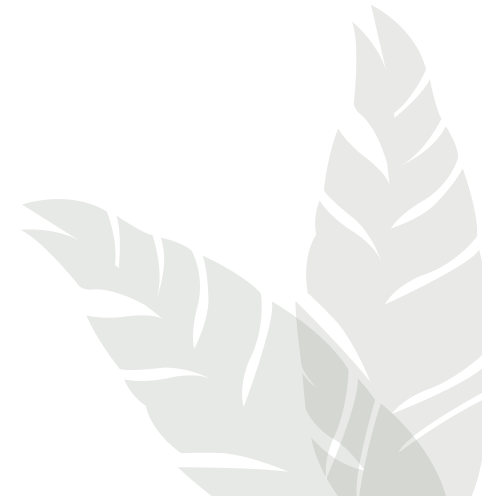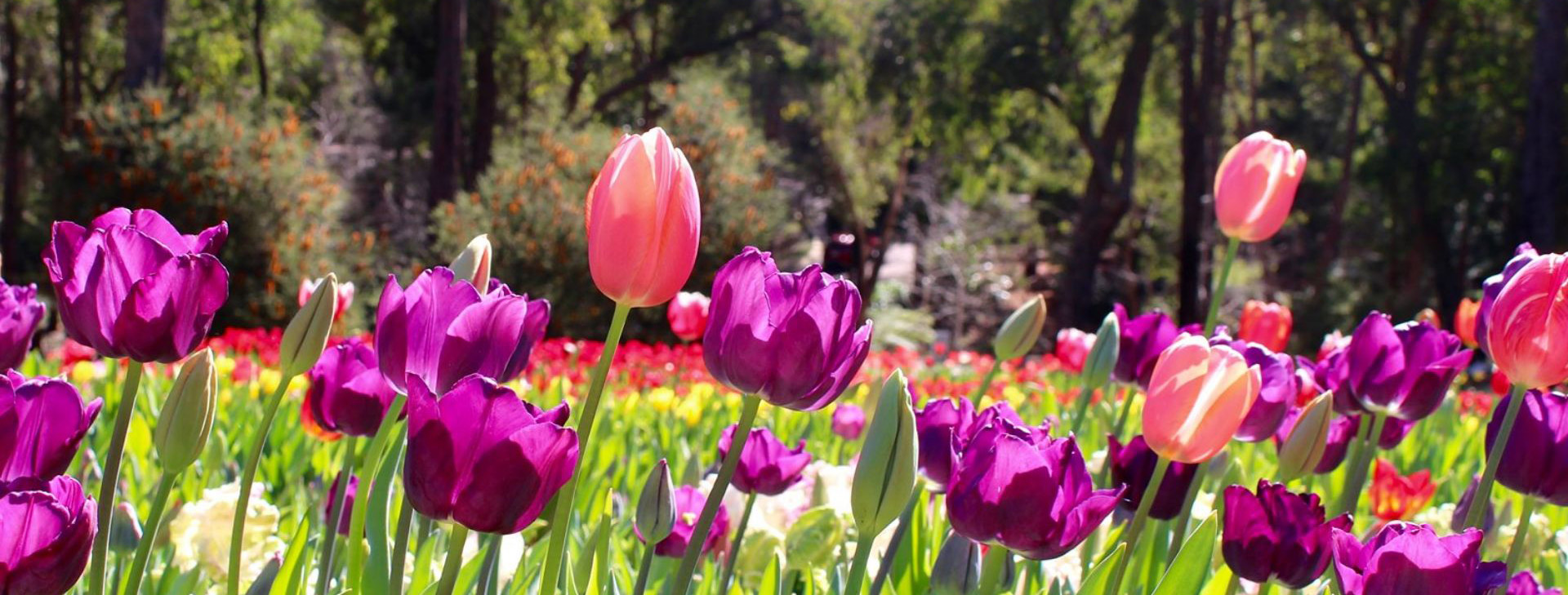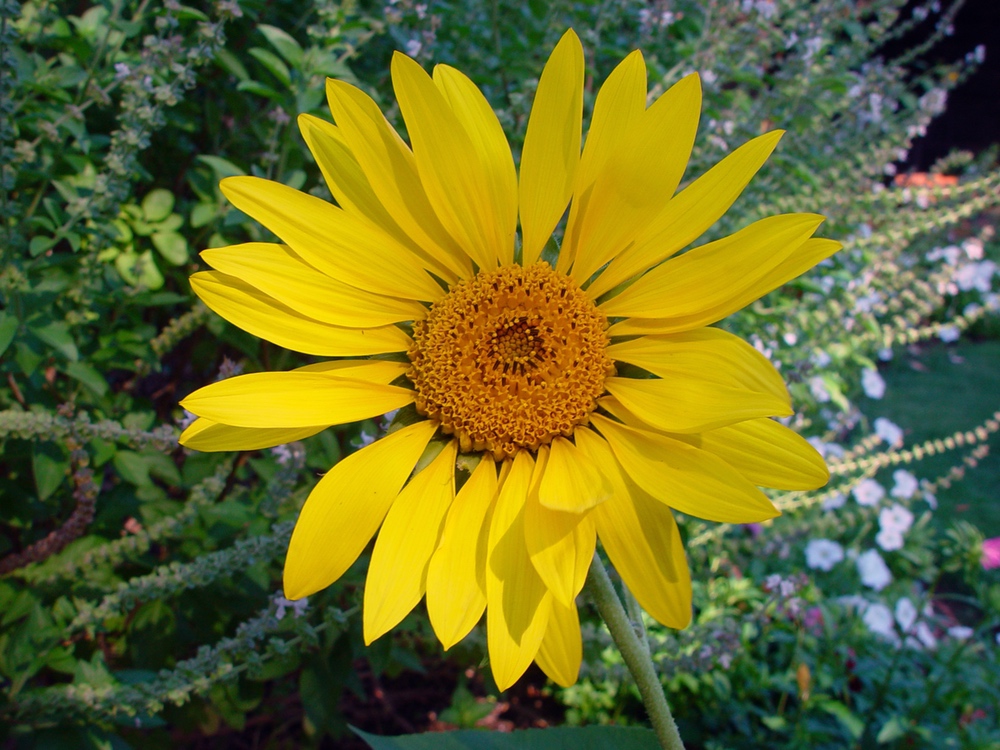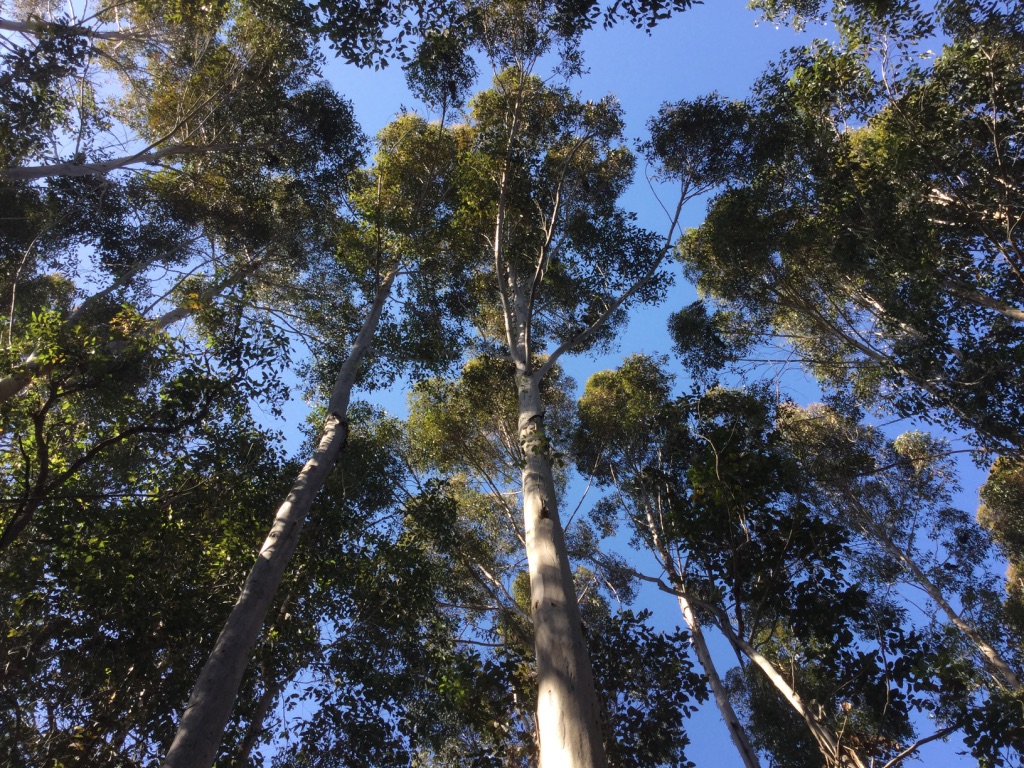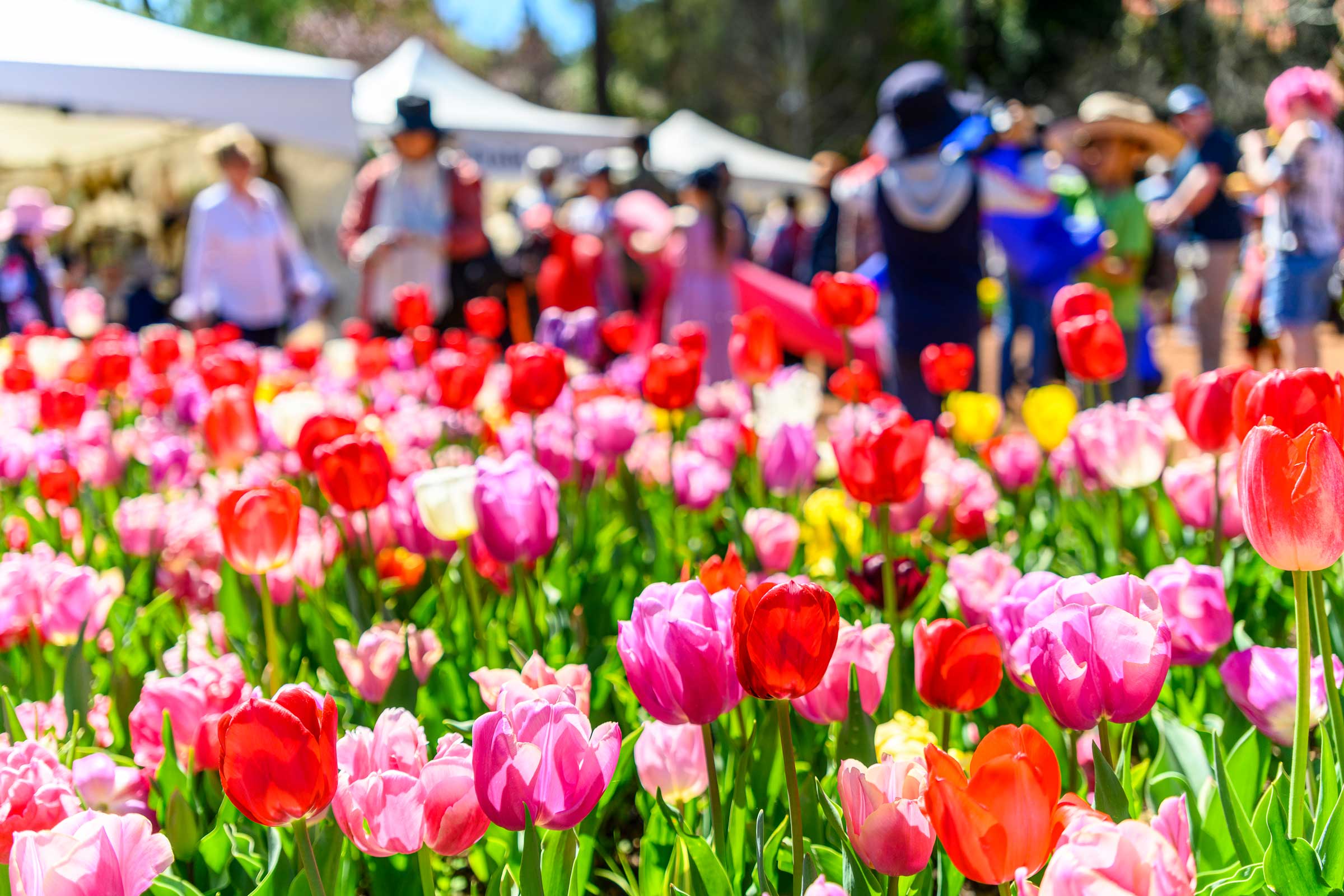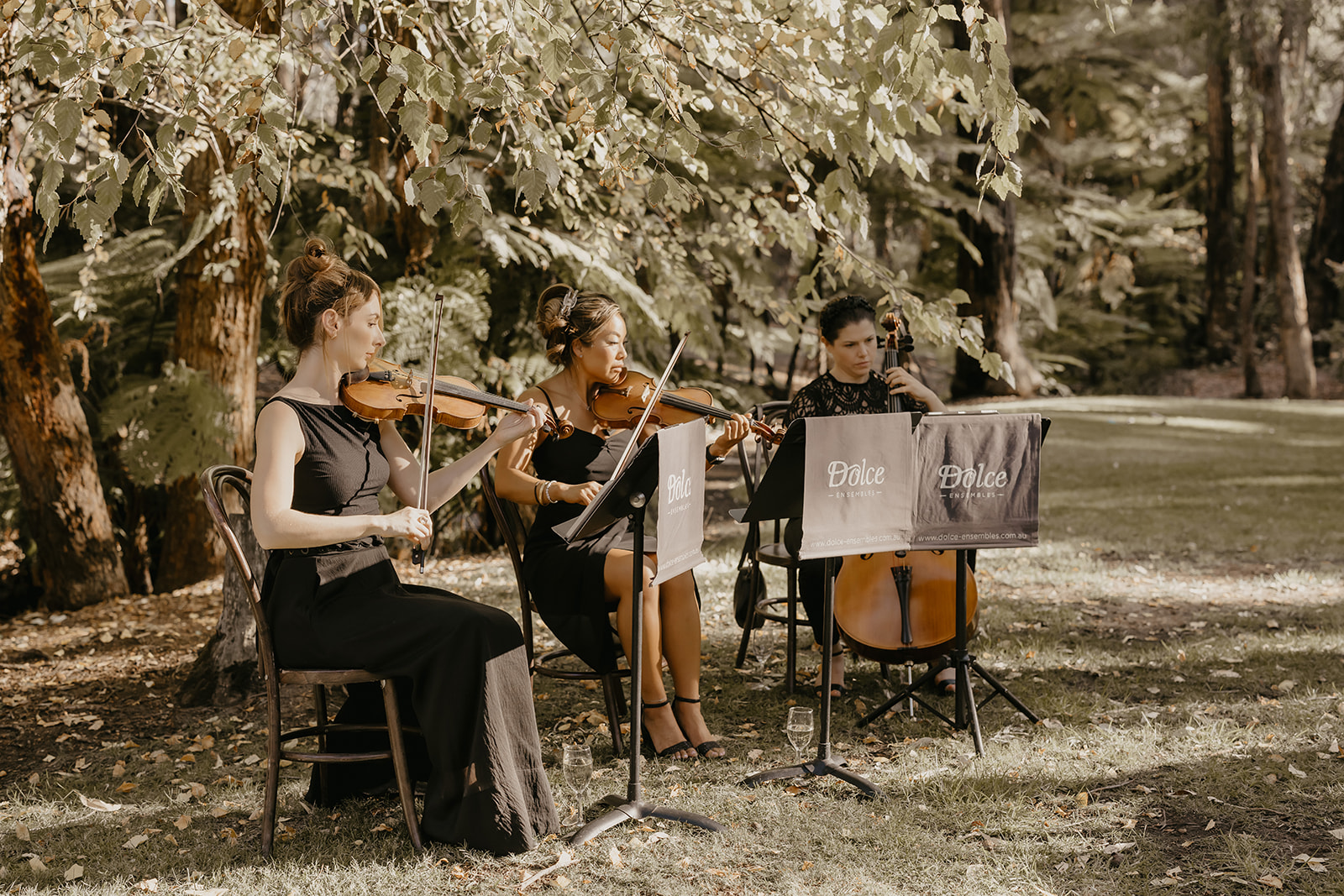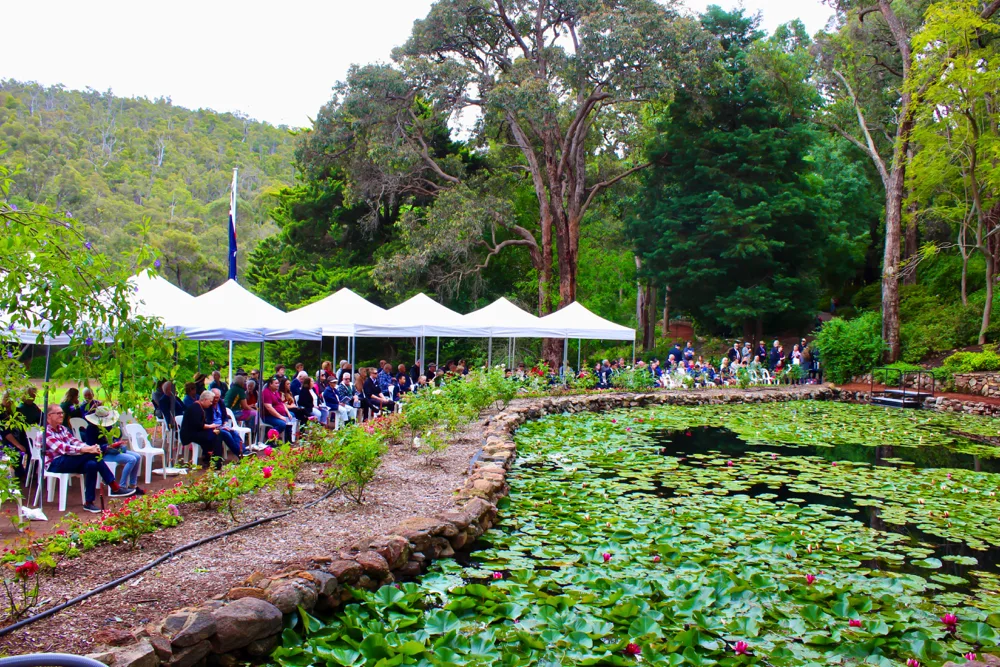The camellia collection grew significantly in the 1990s and early 2000s, with many new additions originating from California, Japan, New Zealand, the UK, and other parts of Australia. Many proved well-suited to Araluen’s Mediterranean climate.
A number of locally bred camellias were introduced by WA breeders such as:
- Charles A. Newman
- Roy Campbell
- Keith Abbott
- D. J. Blythe
- W. Hebiton
Several of their cultivars are now included in the International Camellia Register. The collection also features true wild species, unknown seedlings, and unregistered varieties.
Roy Campbell made a significant contribution, donating and planting numerous camellias — especially around Hydrangea Hill. Donated plants from private gardens are identifiable by their larger size and mature floral displays. These are acknowledged in a camellia database available on the Araluen website.

